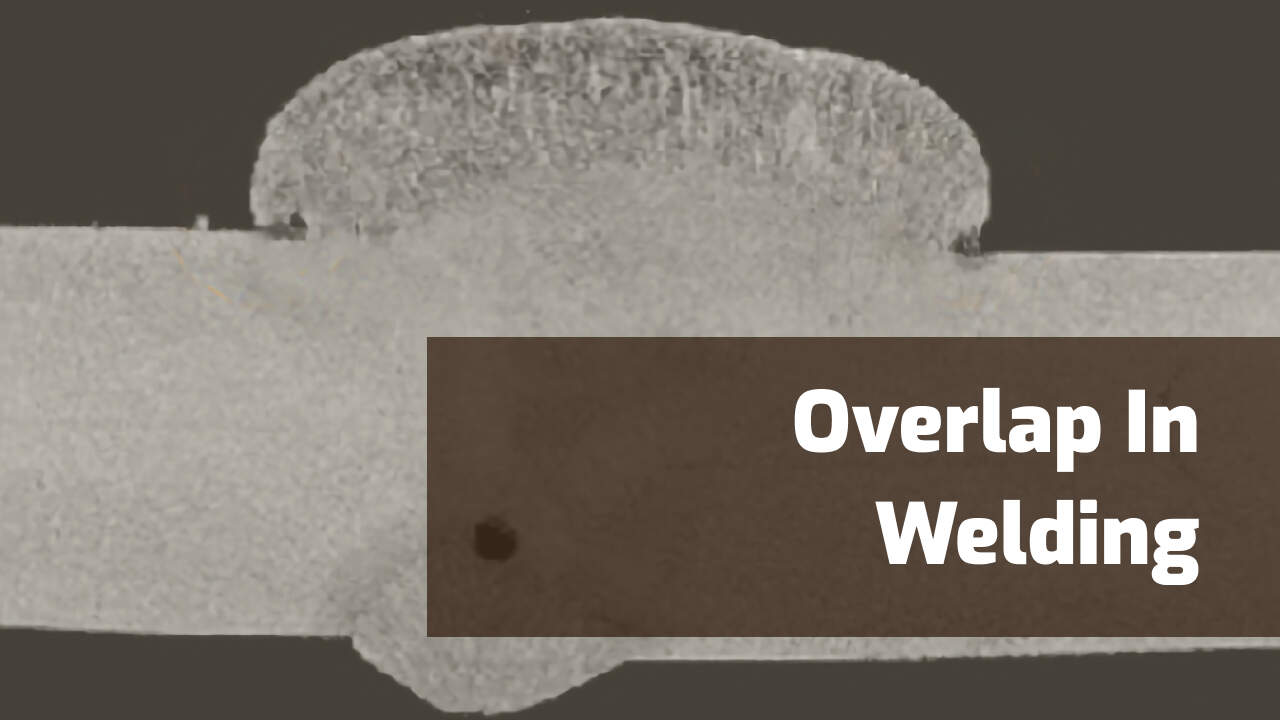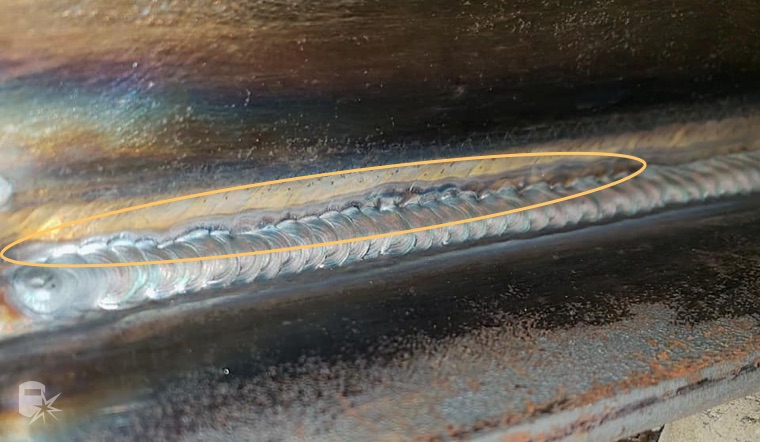Complete Guide to Preventing Weld Undercut: Tips and Techniques
Complete Guide to Preventing Weld Undercut: Tips and Techniques
Blog Article
Important Tips for Welders: Stopping Undercut Welding and Ensuring Stronger Weld Joints
In the world of welding, achieving strong and long lasting weld joints is the foundation of generating high-quality work. One usual challenge that welders frequently experience is undercut welding, which can endanger the honesty of the weld joint. By understanding the factors that add to undercutting and implementing the right techniques and safety measures, welders can successfully prevent this issue and guarantee the long life and stamina of their welds. Allow's check out some crucial pointers that can aid welders browse this obstacle and boost the high quality of their welding jobs.

Comprehending Undercut Welding
Undercut welding is a common welding flaw that occurs when the weld metal falls short to properly fill up the groove and results in a groove-like anxiety along the weld grain. This problem damages the weld joint, making it vulnerable to fracturing and failure under anxiety. Undercutting can be triggered by numerous elements, consisting of too much welding current, high welding rate, inappropriate electrode angle, incorrect electrode dimension, and inadequate welding technique.
One of the major factors for undercut welding is a discrepancy in between the welding existing and the welding speed. If the welding current is expensive or the welding rate is also fast, the weld metal may not appropriately fill the groove, causing damaging. In addition, using an electrode that is too big can lead to a comparable end result, as the excess metal can not correctly stream right into the groove.
To stop undercut welding, welders should ensure they are utilizing the right welding criteria, keep a suitable electrode angle, choose the suitable electrode size, and method appropriate welding strategies. By resolving these factors, welders can minimize the risk of undercutting and create stronger, more dependable weld joints.
Appropriate Welding Technique
Effective welding technique plays an essential function in guaranteeing the high quality and stability of weld joints. Proper welding technique involves a combination of ability, adherence, and accuracy to finest practices. One essential aspect of proper welding strategy is keeping the right angle and range between the welding weapon and the work surface. Welders need to likewise pay close attention to the traveling rate and warm input to stop issues like damaging, porosity, or incomplete fusion.
Furthermore, a stable and regular hand motion is important for developing strong and durable weld joints. Welders must aim for smooth, consistent motions to ensure also distribution of the weld material. Correct control of the welding weapon and filler material is additionally essential to attaining ideal infiltration and combination.
Furthermore, managing the warmth input and choosing the ideal welding specifications based upon the material being welded are essential consider attaining premium welds - Preventing weld undercut. Welders should comply with the recommended settings given by welding procedure specs and readjust them as needed based on the certain needs of the job. By understanding proper welding strategies, welders can significantly improve the strength and dependability of their weld joints
Picking the Right Electrode
Maintaining the appropriate angle and range between the welding gun and the workpiece is essential when taking into consideration the significance of selecting the appropriate electrode in welding applications. The choice of electrode plays an important duty in identifying the high quality and toughness of the weld joint. Electrodes can be found in various types, each developed for certain objectives and materials.
First of all, choosing the ideal electrode diameter is vital. Thinner electrodes appropriate for welding slim products, while thicker electrodes are much better for thicker products and higher heat applications. Matching the electrode diameter to the thickness of the work surface aids attain a well balanced weld.
Second of all, comprehending the material structure of the electrode is vital. Different electrodes are designed for welding specific materials like steel, stainless-steel, light weight aluminum, or cast iron. Making use of the right electrode product guarantees good fusion and Discover More minimizes the threat of issues in the weld.
Finally, thinking about the welding setting and technique is crucial when picking the electrode type. For example, particular electrodes are better suited for above or vertical welding placements, while others work well for flat or straight settings. Selecting the appropriate electrode based on the welding technique boosts the general weld quality and honesty.
Preparing the Base Metal
To guarantee an effective welding procedure, what preliminary actions should be taken when preparing the base metal for welding? Additionally, any type of existing weld product or residue from previous welding need to be removed to ensure a clean surface area for the new weld.

Carrying Out Post-Weld Evaluations

After performing these evaluations, welders need to compare the results versus sector requirements and job requirements to ensure that the weld joint meets all necessary standards. Any type of variances or inadequacies uncovered more helpful hints during the post-weld evaluation should be without delay resolved with suitable corrective actions to ensure the weld's integrity. By diligently executing post-weld evaluations and promptly attending to any type of issues, welders can maintain the high quality and integrity of their work, ultimately adding to the safety and long life of the welded frameworks.
Final Thought

Finally, avoiding undercut welding and making certain stronger weld joints call for a mix of appropriate welding strategy, selecting the appropriate electrode, preparing the base metal appropriately, and conducting post-weld examinations. By comprehending the sources of undercut welding and implementing the needed precautions, welders can generate top quality weld joints that satisfy industry requirements and make certain the structural stability of the bonded components.
Undercut welding is a typical welding issue that occurs when the weld steel falls short to correctly fill up the groove and results in a groove-like anxiety along the weld grain (Preventing weld undercut). Damaging can be browse around here caused by various aspects, consisting of excessive welding present, high welding speed, inappropriate electrode angle, wrong electrode size, and poor welding method
One of the major factors for undercut welding is an imbalance between the welding present and the welding rate. If the welding current is also high or the welding rate is also fast, the weld metal may not effectively load the groove, leading to undercutting.Maintaining the right angle and range in between the welding weapon and the workpiece is fundamental when thinking about the value of selecting the ideal electrode in welding applications.
Report this page